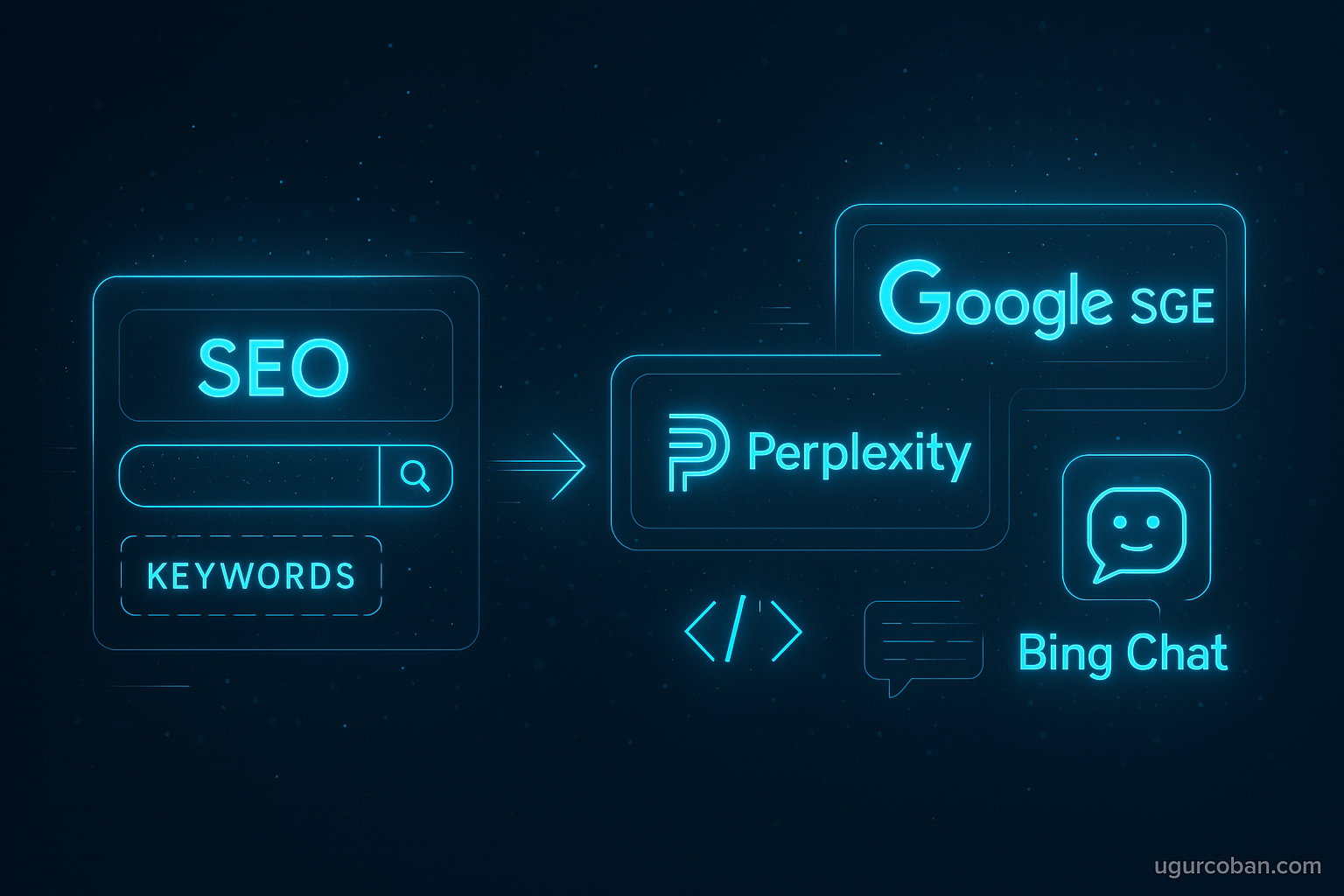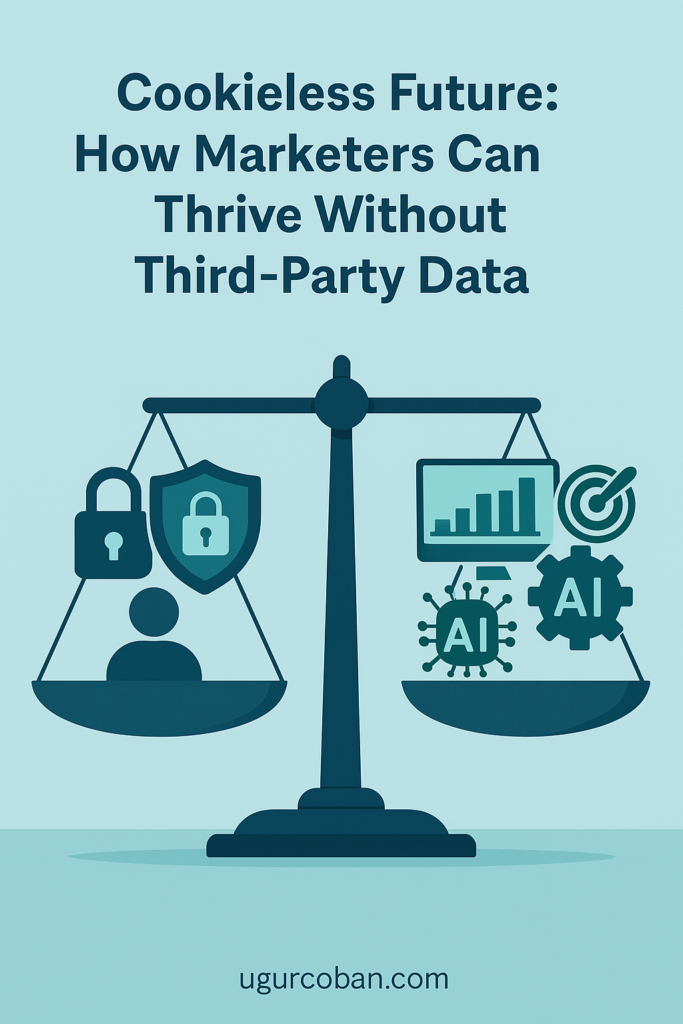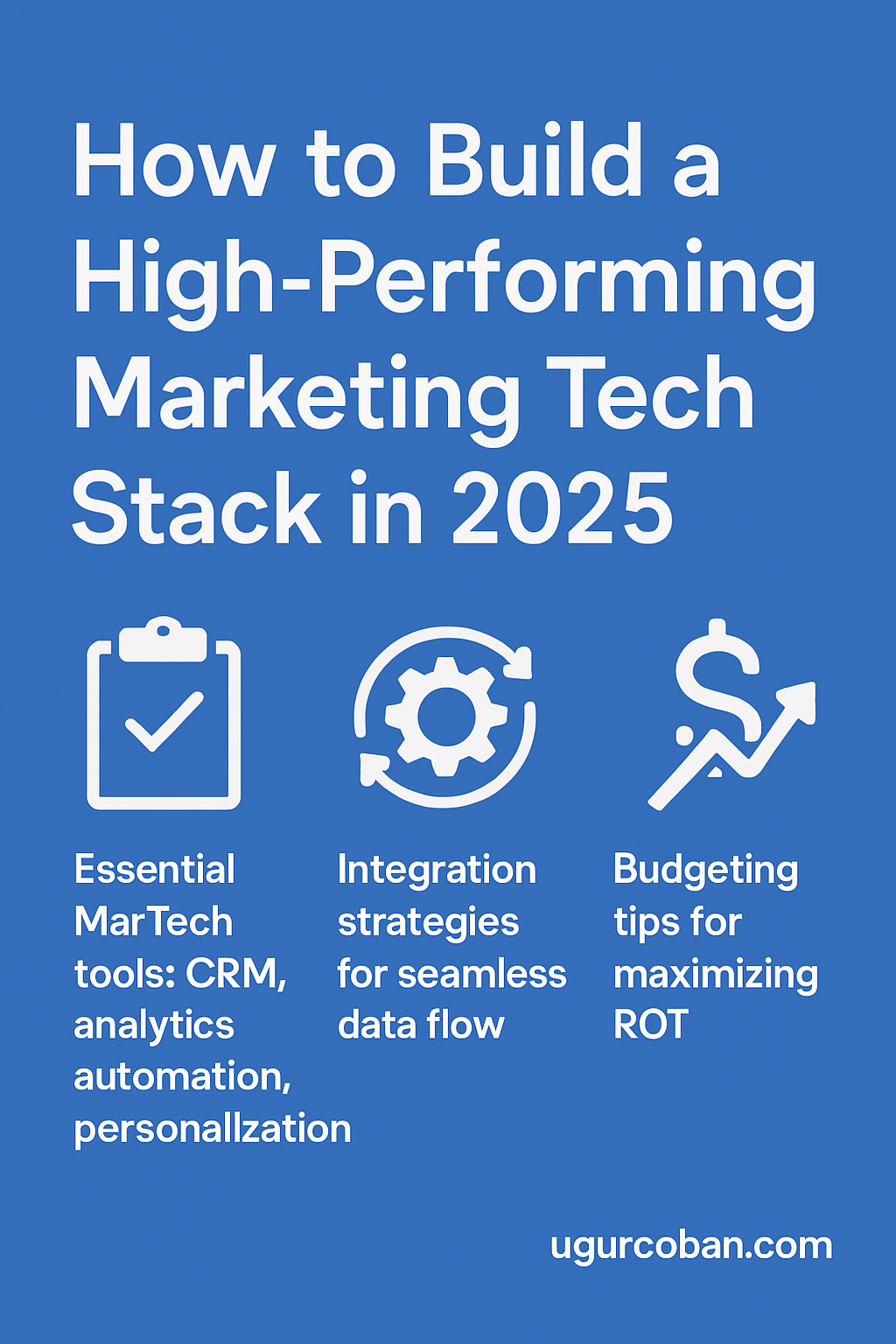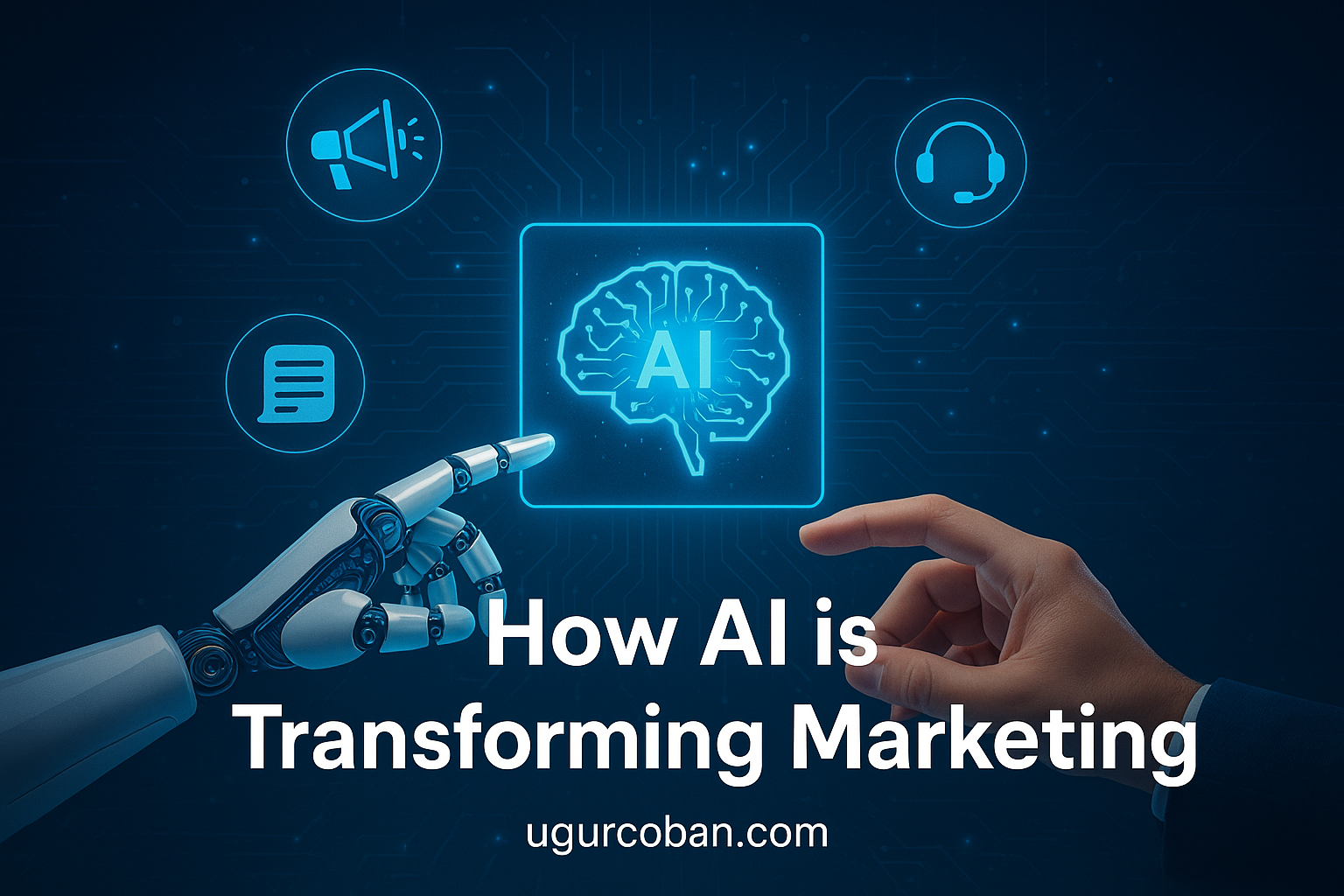In today’s fast-moving digital landscape, the ability to adapt and integrate innovative technologies has become a critical determinant of business success. Companies that thrive are those who go beyond traditional marketing and customer service strategies and invest in advanced solutions that not only create memorable experiences but also have a direct impact on profitability. Among the most powerful tools shaping the future of customer communication and operational efficiency are Generative AI, Conversational CX, SMS, RCS, and WhatsApp Commerce. These technologies are no longer aspirational concepts on a roadmap but are being actively deployed by forward-thinking businesses across industries. In this article, we will explore how each of these tools is used in real-world scenarios, how they affect return on investment, and why they should be part of any serious Martech stack.
Generative AI has rapidly evolved from a research-driven novelty to a business-critical asset. At its core, it refers to algorithms that can generate human-like text, imagery, voice, and even structured code. This evolution has unlocked a new level of content automation that saves time, reduces costs, and allows for endless customization. For instance, e-commerce companies are using generative models to create thousands of unique product descriptions in minutes, tailored to different segments and languages. This level of scalability is impossible with traditional copywriting processes. Brands in fashion, tech, and lifestyle are now building full-scale content workflows around AI-generated media, ensuring their output is not only faster but also more aligned with customer intent. More importantly, these AI models are being trained on business-specific data, which means responses and outputs are becoming increasingly accurate and on-brand. In customer service, Generative AI is enabling chatbots to hold sophisticated, context-aware conversations that previously required human intervention. This reduces support overhead while maintaining high standards of customer satisfaction. When used correctly, Generative AI becomes a silent engine that powers operational efficiency, improves customer touchpoints, and supports conversion rate optimization strategies across the funnel.
While AI might be doing the heavy lifting behind the scenes, the customer-facing layer is often enhanced through Conversational CX. This term encompasses all the tools and strategies aimed at transforming linear customer journeys into dynamic, two-way conversations. The logic is simple: when customers feel heard and helped in real-time, they are more likely to convert, return, and advocate. Businesses are implementing AI-powered chatbots, voice assistants, and message-based onboarding flows to provide personalized assistance at scale. For example, a financial service platform might deploy a conversational interface that helps users open an account, verify their identity, and set up automated savings – all within a chat window. This approach is not only intuitive but reduces friction, a key barrier in customer decision-making. The technology goes beyond mere FAQs; it understands user intent, follows up proactively, and integrates with CRMs to retrieve relevant data. This creates a seamless user experience where customer service, marketing, and sales converge. The impact on profitability is multifaceted. First, it reduces the burden on call centers and support agents. Second, it increases first-contact resolution rates, which is directly correlated with improved customer lifetime value. Third, conversational journeys can be easily tracked, tested, and optimized – offering marketers real-time analytics to fine-tune engagement strategies.
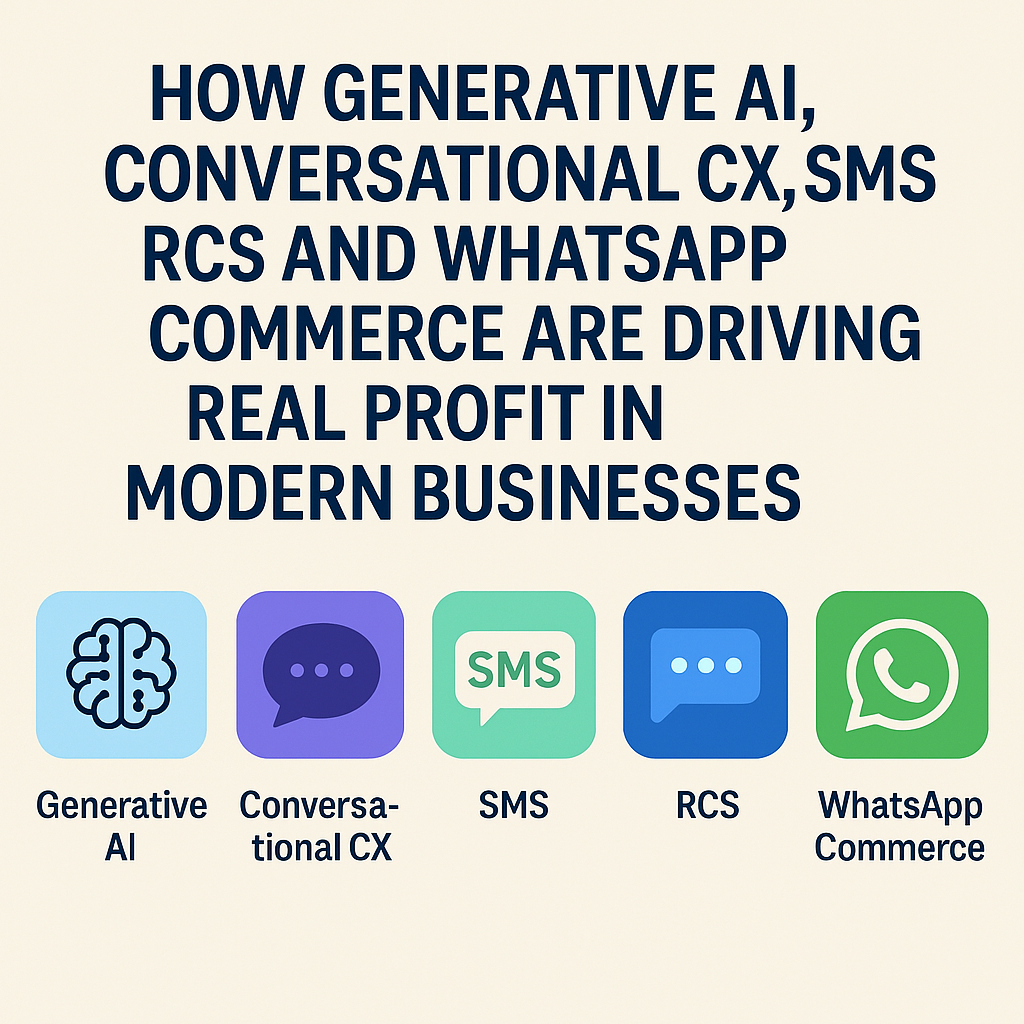
Amidst all these high-tech solutions, SMS stands out for its simplicity and consistent performance. In an era dominated by apps and algorithms, the humble text message continues to deliver exceptional open rates, typically over 90 percent within the first five minutes. That makes it one of the most cost-effective communication channels available. Its effectiveness lies in its immediacy and ubiquity. You don’t need an internet connection, an app download, or any configuration – if you have a mobile phone, you can receive SMS. Brands use it to deliver flash sale alerts, order confirmations, and reminder messages that cut through the clutter. In industries such as healthcare, hospitality, and retail, SMS plays a vital role in reducing no-shows, improving check-in times, and increasing foot traffic. What’s more, with the advent of short links, businesses can now drive measurable traffic to landing pages from SMS campaigns. When combined with personalization tactics, SMS becomes a potent tool for re-engagement and customer retention. The return on investment here is direct and easy to calculate: lower acquisition costs, higher repeat purchases, and improved brand loyalty.
As messaging habits evolve, so do expectations. That’s where RCS or Rich Communication Services come in. Consider RCS the next generation of SMS – one that combines the reach of traditional messaging with the interactivity of apps. Unlike SMS, RCS supports high-resolution images, carousels, buttons, suggested replies, and even embedded forms. For businesses, this opens up entirely new avenues of immersive mobile marketing. Retail brands can send interactive lookbooks, travel agencies can offer dynamic booking options, and service providers can let users reschedule appointments directly within the chat thread. RCS eliminates the need to redirect users to external web pages. This leads to lower bounce rates, shorter purchase journeys, and increased engagement.
More importantly, RCS messages can be branded, verified, and tracked – providing businesses with valuable analytics on views, clicks, and conversions. From a profitability standpoint, the real power of RCS lies in its ability to turn one-way communication into two-way interaction with visual storytelling. It blends the best of mobile web and messaging into a frictionless, mobile-first experience that converts.
Finally, one of the most transformative trends in modern digital commerce is WhatsApp Commerce. With over two billion users worldwide, WhatsApp is already the most popular messaging app on the planet. But it’s no longer just for conversations. Thanks to the rollout of business APIs, catalogs, payment integrations, and chatbot support, WhatsApp has become a commerce engine in its own right. Businesses can now showcase products, answer inquiries, confirm availability, and close sales – all within a single conversation. For example, a small boutique can share new arrivals with loyal customers via broadcast lists, offer custom recommendations, and receive payment via an embedded link. The customer does not need to visit a website or download an app. This frictionless experience has been a game changer in markets like India, Brazil, and parts of Europe. Large retailers and financial services are also exploring WhatsApp-first strategies, where the entire customer lifecycle – from acquisition to support – happens inside the app. The business case is clear: higher conversion rates, faster support resolution, and significantly better customer retention. Because conversations are end-to-end encrypted and user-initiated, customers trust the medium more than email or cold calls. When combined with CRM data and AI automation, WhatsApp becomes a personalized, scalable, and high-performing sales channel that contributes directly to the bottom line.
All of these technologies have one thing in common: they put the customer at the center of the experience while aligning every interaction with business outcomes. Generative AI reduces content creation time and allows for hyper-personalization. Conversational CX ensures customers feel supported and guided across digital touchpoints. SMS cuts through noise with simplicity and speed. RCS modernizes the mobile inbox with interactive content. And WhatsApp Commerce brings shopping, support, and loyalty into a single, secure conversation. When deployed in harmony, these tools transform how businesses attract, serve, and retain customers. The combined impact leads to measurable gains in efficiency, engagement, and ultimately, profitability.
The future belongs to brands that act now. By embracing these technologies, you don’t just future-proof your operations – you make them more intelligent, agile, and profitable. Whether you’re a startup looking for smart automation or an enterprise aiming to modernize legacy systems, integrating AI-driven, conversational, and mobile-first communication strategies will unlock your next phase of growth.


